Building a presence on social media is important. But it is also necessary to analyze how well your social media strategy and content are performing.
The only way to do that is to follow social media analytics best practices to gather helpful data. You can get insights about your audience, competitors, and content performance by digging deep into this data.
The top social media channels such as Facebook, Twitter, Instagram, and LinkedIn offer tons of data. But it can be difficult to understand how to analyze social media data to figure out the numbers that matter.
Whether you’re new to using analytics or you track yours every day, read on to discover tips that can help you use social media for business growth.
Table of Contents
Getting Started with Social Media Analytics
Each social network offers its own analytics tool to give insights about new followers, engagement, audience demographics, and more. But you need to figure out which metrics your brand should actually focus on and where to find them.
Along with using the analytics features of individual social channels, you can also benefit from using a third-party social media analytics tool such as Khoros.
It can help you:
- Track and measure the results of all of your social campaigns (organic and paid) together in a unified dashboard. The best part is that you can track activities across social networks in one place for greater speed and efficacy.
- Enjoy the flexibility of measuring success in ways that are relevant to your brand and specific campaigns.
Often, social media networks themselves define metrics, which can make it challenging to report on campaigns that span social networks and often include a mix of paid and organic results.
Platforms such as Khoros allow you to pull data in a consistent manner or simply define your own custom metrics to track across social media platforms.
In the next section, I’m going to discuss the best practices to accurately track and measure the effectiveness of your social campaigns.
This is to ensure that you do social media marketing better, faster, and smarter with advanced analytics tools such as Khoros.
Best Practices to Use Social Media Analytics to Empower Your Campaigns
Want to improve your social media marketing ROI?
You should learn to mine and analyze your social media data so that you can deliver a better ROI by using powerful tools and strategies. Doing so can help you identify opportunities for growth and leverage them to drive better results.
Let’s take a closer look at social media analytics best practices and tools that can help you take your digital marketing game to the next level.
1. Learn Everything You Can About Your Audience
The first best social media analytics practice is to understand who your audience is and what they are looking for.
If you don’t know who they are, you will not be able to give them what they need. And, in return, they won’t give you what you need (more business).
You can use the analytics features of Facebook, Twitter, and Instagram to gather insights about your audience, including:
- Your audience demographics – their age, gender, nationality, geolocation, languages they speak, and more
- The days of the week on which they’re most active
- The times of the day during which they’re most active
- Their interests
- Your follower growth over time
How else can you learn about your audience?
You can use an advanced third-party social media analytics tool to perform real-time searches across social channels and collect useful data.
You can get an overview of your growth over a period of time, the top tweets mentioning you, your most influential accounts, and the top terms contributing to your growth.
Image via Khoros
Analyzing such data can help you make sure that you’re talking about things that are relevant to your target audience. You can create content using the topics and hashtags that generate maximum user engagement in your niche.
2. Measure What Matters
If you ask industry experts for social media analytics best practices, many of them will ask you to measure metrics that actually matter.
You may be tracking a lot of metrics, from follower counts to engagement rates. But which ones should your brand focus on?
Reach, impressions, clicks, likes, shares, comments, sales, or revenue – there is a long list of data points you could consider tracking and measuring.
In this section, I’ll tell you how to choose your top metrics and where to find them.
The engagement rate is one metric that everyone loves and revenue is another important metric that brands and marketers often focus on.
However, the key metrics you should track depend on your social media marketing goals.
For example:
If your goal is to increase brand awareness, you should collect data about your reach, impressions, and shares. On the other hand, tracking likes, comments, shares, and clicks will make more sense if your goal is to boost user engagement.
Similarly, you should measure the number of clicks, click-through rate, number of views on your product pages, and revenue generated to meet sales goals. You can use UTM codes and links to track which posts and sources are bringing you maximum conversions.
Another point to note here is that you should stay agile with analytics. You should re-examine and update your key metrics from time to time.
Why?
Because the macro-environment, your business, and your social media marketing goals will evolve over time. You will have to revise your targeted metrics accordingly and it should be easy to do so.
Most social media platforms give you access to the data you want to track.
- You can see insights about your Facebook posts on the Insights tab.
- Twitter Analytics offers valuable data and insights to all users.
- To get insights into your posts on Instagram, you may have to switch to a creator or a business account. You will then find data about your Instagram posts and audience in the Insights section.
- Pinterest also recommends that you switch to a business account to see your data.
Visiting these analytics sections of individual platforms is a good way to start. However, to minimize your efforts and save time, you can find social media analytics tools that will pull all of the data for you in one place.
Using the right tool can make it easier for you to collect data, analyze information, and create presentable reports with fewer efforts. It can make up for the money you spend on these tools.
3. Keep an Eye on Your Competitors
Competitor research is a crucial part of any marketing strategy, including your social media strategy. To stay ahead of the competition, you should learn what your competitors are doing to climb the ladder of success.
What information do you need about your competitors?
- Which brands are your competitors?
- What were they doing before?
- What are they currently doing on social media?
- How big is their audience on different social channels?
- Which social network is helping their business grow?
- Which areas, content types, or networks are they good at?
- Which areas and things are they not so good at?
- How often do they post content on their social media accounts?
- What are the gaps in your social media strategy?
There are tools and techniques that can help you find out this information and organize it into reports that are easy to understand and interpret.
The points I’ve mentioned above are the common ones. But there is more to using social media analytics like a pro.
What do professionals do differently?
Have you ever thought of checking the share of your voice about a particular topic? And comparing that to the share of voice of your competitor?
I am going to share similar insights about my voice share on “influencer marketing” with you using Khoros’ competitive intelligence feature.
Let’s get started.
Step 1: Select Twitter from the drop-down. You may conduct research for other social platforms as well.
Image via Khoros
The topic I talked the most about is “influencer marketing.”
Step 2: Enter the term/topic you want to search for using double quotes (“ ”) and press “Enter.”
Image via Khoros
Step 3: Select the “Voice” tab. Add your account by entering the handle name of your Twitter account.
Image via Khoros
This tool will present a graph that reports the voices shared about “influencer marketing” from all users. It will also present your share of voice about the same topic in a different color.
What does this have to do with competitive research, you may ask?
Well, it allows you to add multiple accounts (your competitors) and discover their percentages of the larger conversation.
Step 4: Add multiple accounts to get information about how well you are performing against other competitive brands in terms of content creation and engagement.
Image via Khoros
Step 5: Scroll down to figure out the percentage share of your voice about the topic on the particular social media network.
Is that all?
Nope. You can also analyze which sub-topics, content types, and hashtags are helping others have a better share of voice in your niche.
Step 6: Click on the voice circle of other brands in your competition.
Image via Khoros
This allows you to quickly understand the content strategies your competitors use to drive growth. You can benchmark their content’s performance against yours.
That’s one reason why I really love this social media analytics tool.
However, conducting competitive analysis will do no good for your brand unless you use the collected data wisely.
You should use these insights to find out the strengths of your competitors and find ways to make their strong points a part of your social strategy.
For example:
From the above reports, I found out that Influencer Marketing Hub enjoys a large share of conversations about “influencer marketing” on Twitter.
And the reasons behind their growth are:
- Listicles on influencer marketing agencies, influencer marketing platforms, etc.
- Lots of studies on influencer marketing and its impact on business growth
- Informative guides to help beginners get the most out of influencer marketing
These three topics help them get a lot of shares, mentions, and retweets, which increase their overall share of voice on influencer marketing.
Step 7: You should use these insights to create content that the audience is appreciating.
For example:
While creating an industry report requires a lot of research, data mining, and time, it has been easier for my team to create listicles and guides that people love to read and share.
In the future, we might also work on publishing a study report that people will find valuable and share within their circles.
4. Identify Your Top-Performing Content
Identifying your top-performing content allows you to repeat your success.
You can:
- Repost such content later.
- Publish more content on similar topics and sub-topics.
- Utilize the content formats that bring you maximum engagement more often.
- Repurpose content to get maximize engagement.
Most analytics tools like Facebook Insights provide you with information about your top-performing posts. These results are based on the number of likes, shares, engagement rate of your content.
When you click on any of the graph peaks on Khoros, it also provides you with your top-performing content.
Image via Khoros
You can get more information (such as the data about top retweeters) by double-clicking on the boxed content.
Image via Khoros
5. Figure Out When and How Often to Post on Social Media
Many marketers want to know the best times to post their content on different social media channels. But the truth is: there is no specific answer to the right time to post on social media. You should be skeptical of any tool that promises to magically give you the perfect answer.
The best posting times are unique to every brand and they change. They depend on your niche, type of business, audience, season, and social network.
You should use data to analyze when and how often to post on different social media platforms. Similarly, your social media analytics reports can help you finalize how often to post.
Always rely on data and insights instead of guesswork and algorithms if you want to improve the results of your social campaigns.
6. Manage Crises in a More Informed Way with Social Listening
Learn what people think and post about your brand.
You should track brand mentions on social media to find out what people are saying about your company, products, and services.
If you give importance to social listening, you will be able to track, analyze, and respond to conversations about your brand and your products/services. You should respond to your happy customers and to trolls.
You can also discover the common pain points and resolve them to improve customer satisfaction.
In fact, leveraging social listening tools can help identify when and how to engage with users to curb the negative interactions about your brand. You can find out in advance when crises are emerging and stay on top of crisis management.
Are any influential people saying good things about your brand? You can collaborate with your most loyal brand advocates to co-create more positive content for your brand.
Along with understanding what people think about your brand, you can compare that with how they think about your competitors.
7. Monitor Conversations That Are Relevant to Your Industry
Just like social listening, social monitoring allows you to stay on top of industry trends.
You can use social media monitoring tools to identify:
- The topics with the maximum number of conversations in your industry
- The trending hashtags in your niche
- The brands performing the best in your industry
- The type of content which is getting maximum likes, comments, shares
- The products and services people are buying and appreciating
Monitor conversations relevant to your industry to make sure you leverage the right topics, content types, and strategies to attract and engage users.
FAQs
Q1. What are social media analytics?
A. Social media analytics involve gathering and analyzing data that can help brands and marketers like you make the most of their social campaigns.
Q2. What can social media analytics do for you?
A. Social media analytics can help you:
- Learn about your audience and competitors.
- Track follower growth.
- Identify your top-performing content.
- Identify the best days and times to post content on different social networks.
- Track brand mentions and quickly respond to conversations.
- Curb negative conversations about your brand.
- Measure the efficacy of your campaigns.
- Optimize your social strategy for a higher ROI.
Q3. How should you track social media analytics?
A. You can leverage the analytics features of Facebook, Twitter, Instagram, and other social platforms. You can also leverage competitive social media analytics tools to get an overall report about how your posts are performing.
Q4. How should you present social media analytics?
A. You should present social media analytics in easy-to-understand reports that include graphs, positive data, and opportunities to improve. There are many tools that can make it easier for you to compile useful reports.
Q5. Have other questions?
A. Get in touch with me. I’ll be happy to answer your questions.
How Will You Make the Most Out of Social Media Analytics?
Are you measuring the effectiveness of your social media strategy and content?
If you want to improve your social media marketing ROI, you need to know what’s working and which areas need improvement. The social media analytics best practices I’ve discussed in this post will help you use data to your advantage.
Now that you know how to get key insights about your audience, competitors, content, and more, it’s time to use them to meet your business goals.
Here is what to do next:
- Request a demo from Khoros to start your journey with their social listening and marketing platform.
- Join the Khoros community to get access to useful resources, look for solutions, and learn from other people.
- Discover more social media resources, tips, tricks, and tools on my blog.
- Listen to advice from the top industry experts on my Marketing Growth Podcast every week.
Do you have other questions about using social media analytics or improving your social media campaign ROI? Discuss them in the comments below.

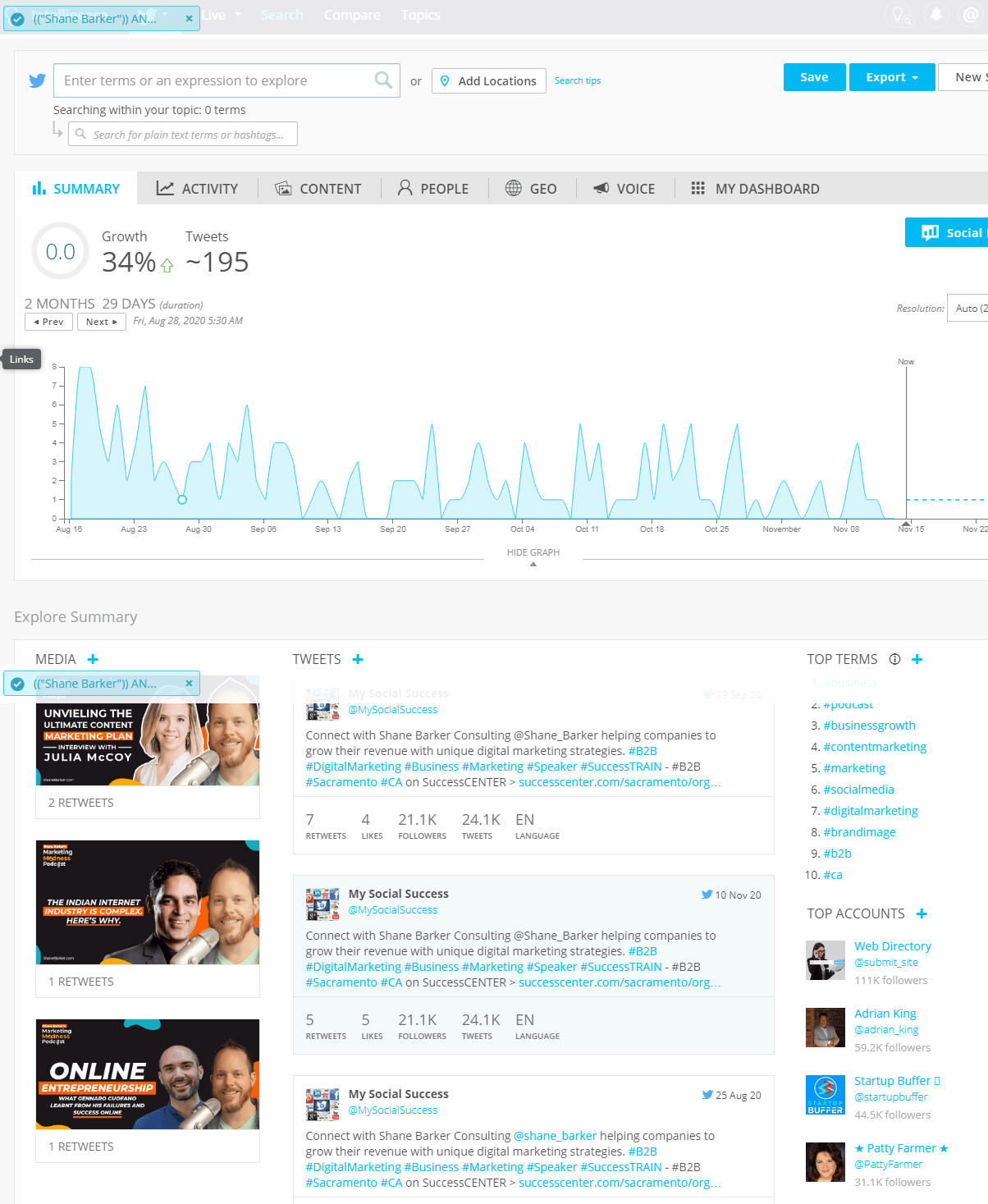
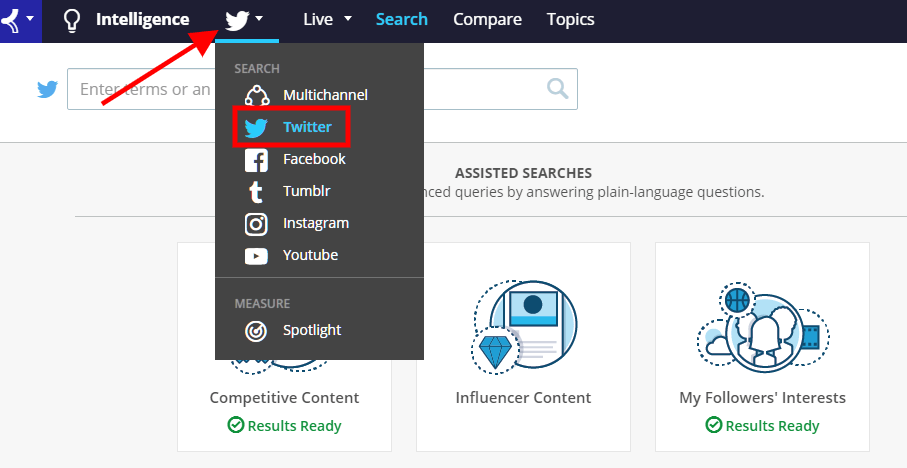

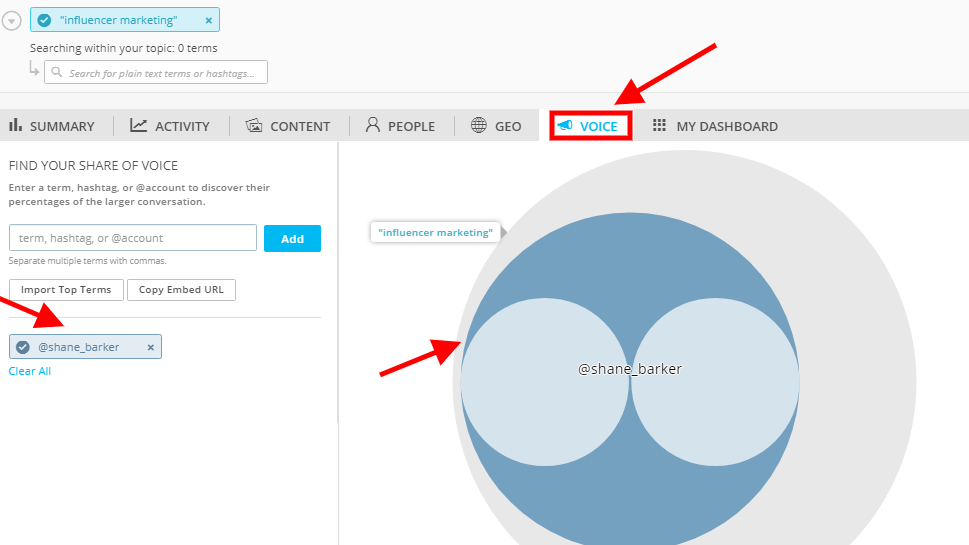
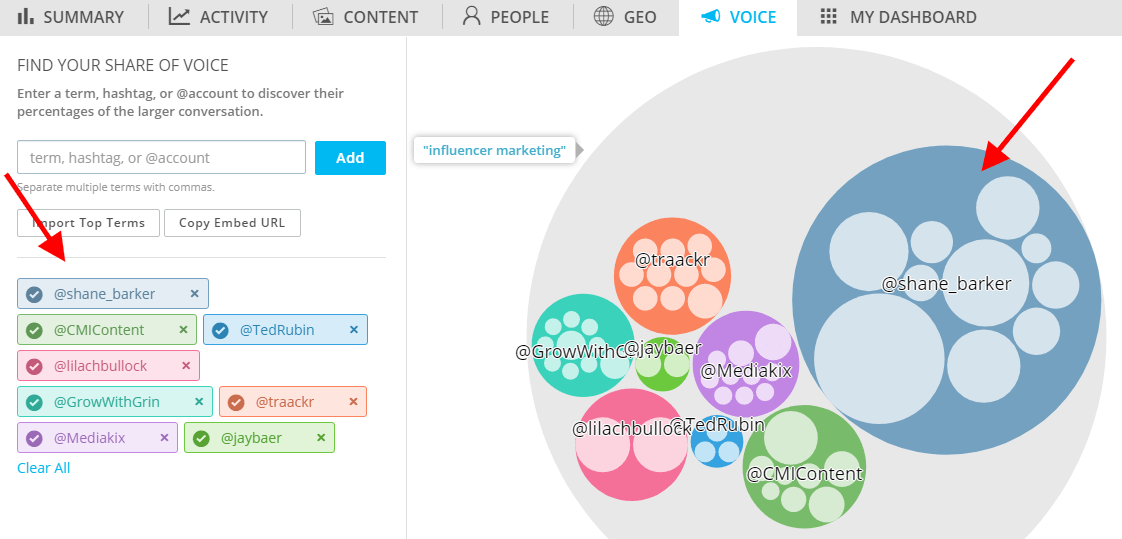

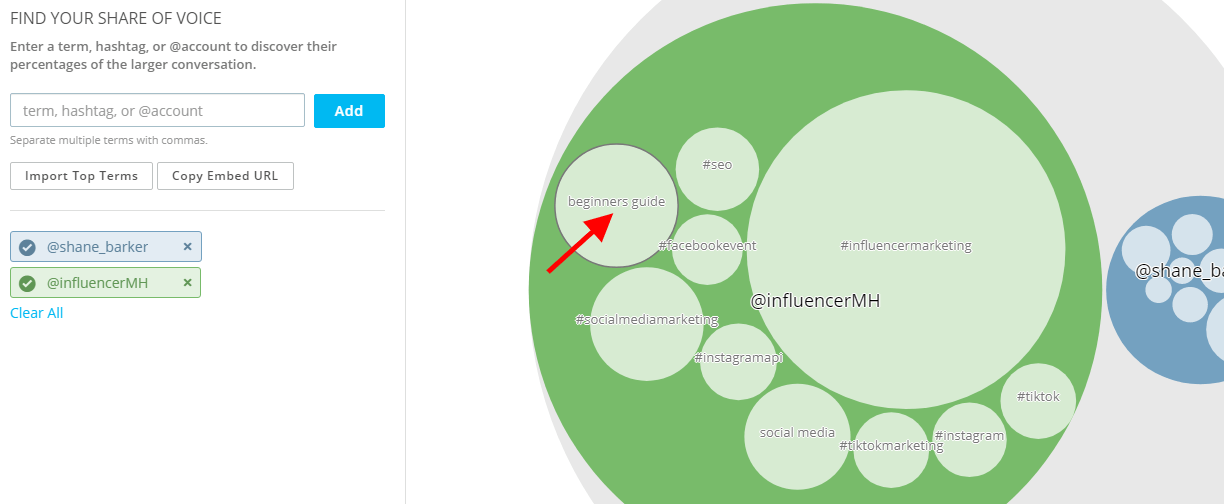
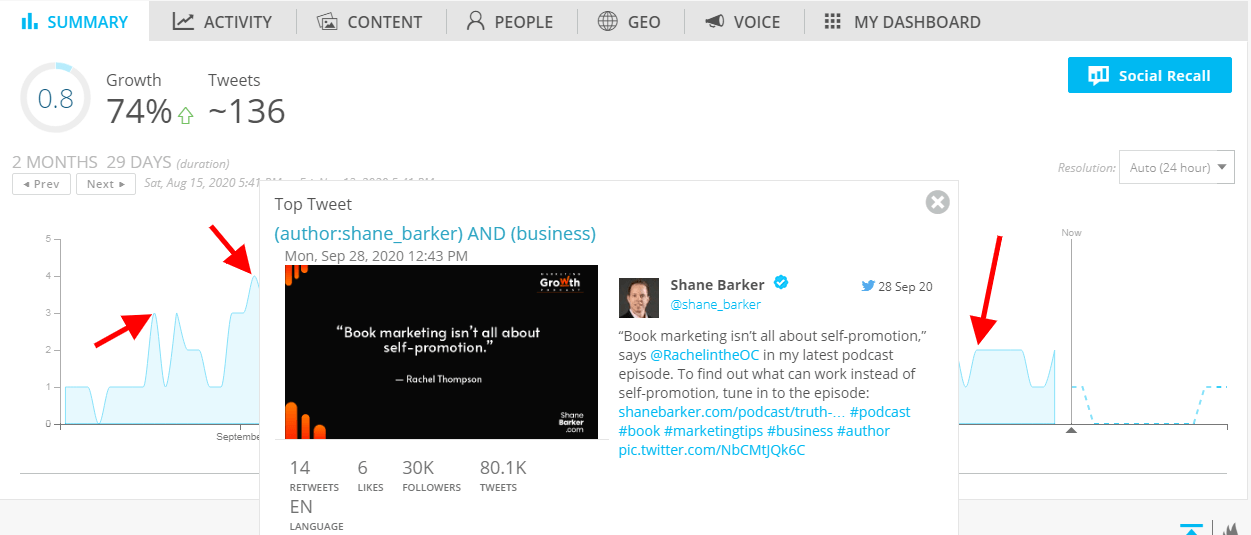
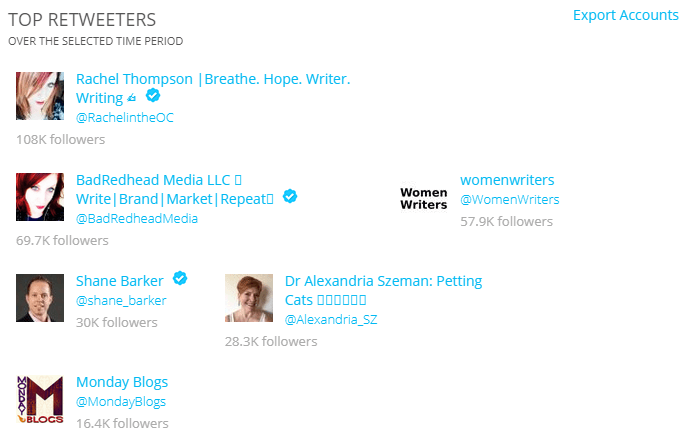

Related Articles
The Right Time to Post on Social Media: A Reliable Guide
7 Best B2C Marketing Channels for Social Media in 2024
How to Grow Social Media Organically: 19 Tools You Need To Use in 2024
30 Best Social Media Marketing Tools in 2024
7 Social Media Analytics Best Practices You Should Follow
19 Best Social Media Management Tools for Marketers in 2024